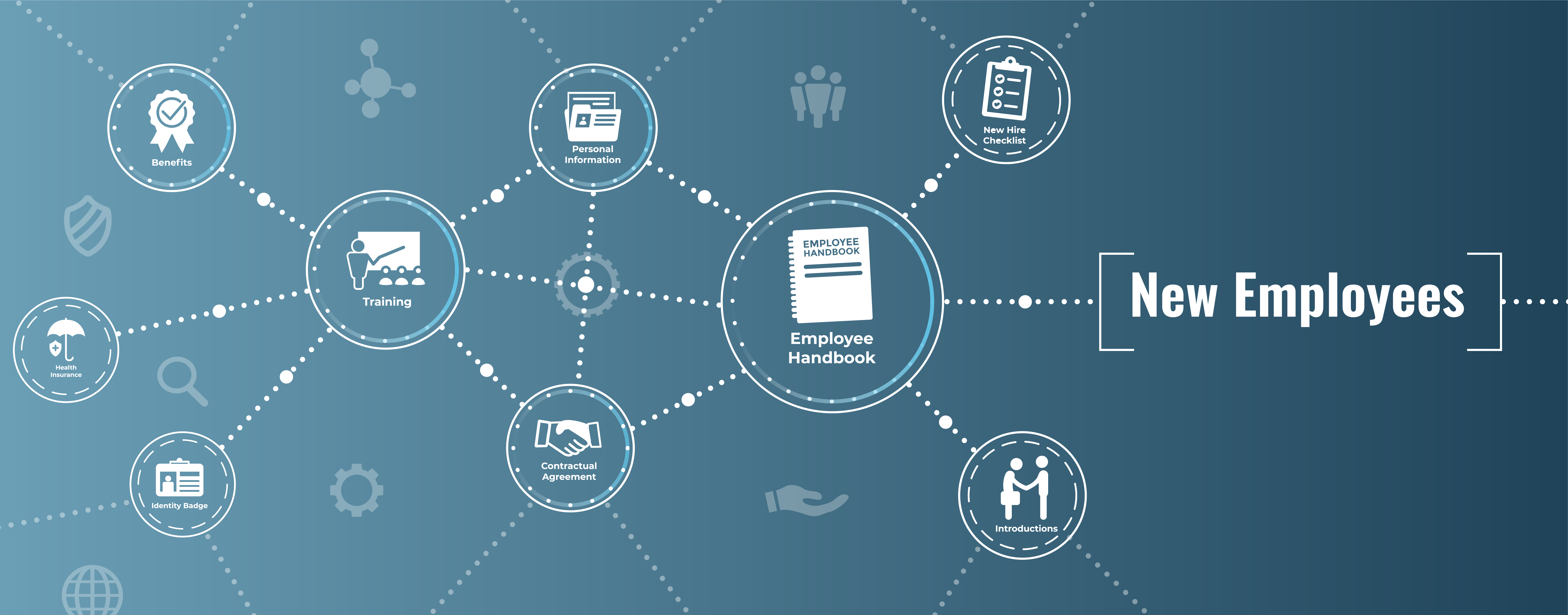Successful Strategies for Employee Onboarding and Retention

SUCCESSFUL STRATEGIES
These strategies aim to provide our clients with concrete guidance on how to successfully onboard and keep your employees happy in order to ensure long-term employee retention. Below, you’ll find some tactics to implement from the outset of the employee relationship and onwards.
- Successful Onboarding Begins Before Hiring – many employee relations issues are because the wrong person was hired for that specific job. Consider why the last person in the role you’re hiring for did not work out; was it due to something that could have been discovered during the interview process, i.e., a lack of relevant experience or education level, or was it a training or supervisory issue? A thorough and carefully crafted job description is crucial to weed out potential candidates and streamline the interview process.
- Create a Checklist – write out each step and component of the onboarding, specifically any steps that should be included during the new hire’s first day and thereafter. This includes any trainings and required documents for the new hire to sign. Identify the responsible person who oversees the completion of and deadline for each task.
- Compile Onboarding Paperwork – Human Resources will be able to assist with all necessary documents for state/federal compliance as well as internal company procedures. This includes the Employee Handbook and acknowledgment of receipt, any standalone policies your organization chooses to have, tax forms, state-specific required notices, receipt of company property form, benefits enrollment information, etc.
- Orienting Your Employee – it’s important to educate the new employee about the organizational structure of your company and provide guidance on who they can reach out to if they have questions. Simple items like covering where to park, where to get food, what facilities are in the building will go a long way in making your employee feel welcome. Lastly, advise them of any available resources to obtain support and services, i.e., IT help desk, insurance broker, counseling services (EAP), etc.
- Keys to Retaining Your Employees – after onboarding, you may be wondering what comes next. Be sure to regularly check in with your new employee (after the first 30 days, 90 days, etc.) to ensure expectations are being met and they understand what is required of them. Give regular feedback on performance, both positive and negative! Be sure employees feel appreciated and understand the room for promotion and career growth potential. Treat your employees with empathy and understanding and remain flexible to their needs (i.e., reporting times, vacation, medical issues). Lastly, continue to check in with your workforce as a whole – conducting employee engagement surveys, implement retention bonuses for those employees who have stayed with your company over a certain length of time, and perform exit surveys for those who do end up departing.
We hope these tips and tricks will help you put together a strong onboarding program, as this is the first introduction to your organization and first impressions count. As your employee continues in their role, it’s even more important to check in with them and be transparent about the position’s goals and any feedback you may have on their performance thus far.
